Quick search
In the heart of every speed pedelec lies the motor. Initially, these were upgraded motors from regular electric bicycles. Now, they have evolved into advanced technologies that distinguish speed pedelecs from their competitors.
Speed pedelec motors are designed to be faster, providing assistance up to 45 km/h. However, speed is not the only factor that sets these motors apart. They are also equipped with advanced sensors and controllers that finely tune the power delivery of the motor to the cyclist’s pedaling.
This means that the harder you pedal, the more assistance the motor provides. This synergy creates a natural riding experience that feels like cycling on a traditional bicycle, with confidence and control.
Once mastered, it can transform your cycling experience, making the speed pedelec a worthy alternative to the car.
Legislation on the Power of Speed Pedelecs
The thrill of speed comes with its own responsibilities.
Due to their increased speed, speed pedelecs fall into a unique legal category. This means they require registration and insurance, similar to a motor vehicle. Safety equipment is also mandatory, such as a certified speed pedelec helmet, rear-view mirror, etc.
They are also subject to specific traffic regulations, such as not being allowed on certain bike paths or having to adhere to speed limits.
Safety is of paramount importance to us when it comes to speed pedelecs. To accommodate the increased speeds, manufacturers have integrated advanced safety features into these bikes. These may include reinforced frames for increased stability, high-quality braking systems (such as ABS) for reliable braking power, and special features to enhance ride comfort and control.
What’s Important in Electric Speed Pedelec Motors
You need to understand that you will never be able to choose your motor when purchasing a speed pedelec. Speed pedelec brands and manufacturers choose a partner to build their speed pedelec around.
A simple example is Bosch or Shimano; the two market leaders when it comes to motors for e-bikes. They don’t make the bikes themselves; they supply the motors to the bicycle brands. Nowadays, we also see brands building their own motors. Stromer, Ellio, and Klever are good examples of this.
In this article, we will evaluate the electric motors for speed pedelecs. We have already done this comparison for electric bicycle motors, but because there is a significant difference in power (Newton meter versus Wattage) in these two categories.
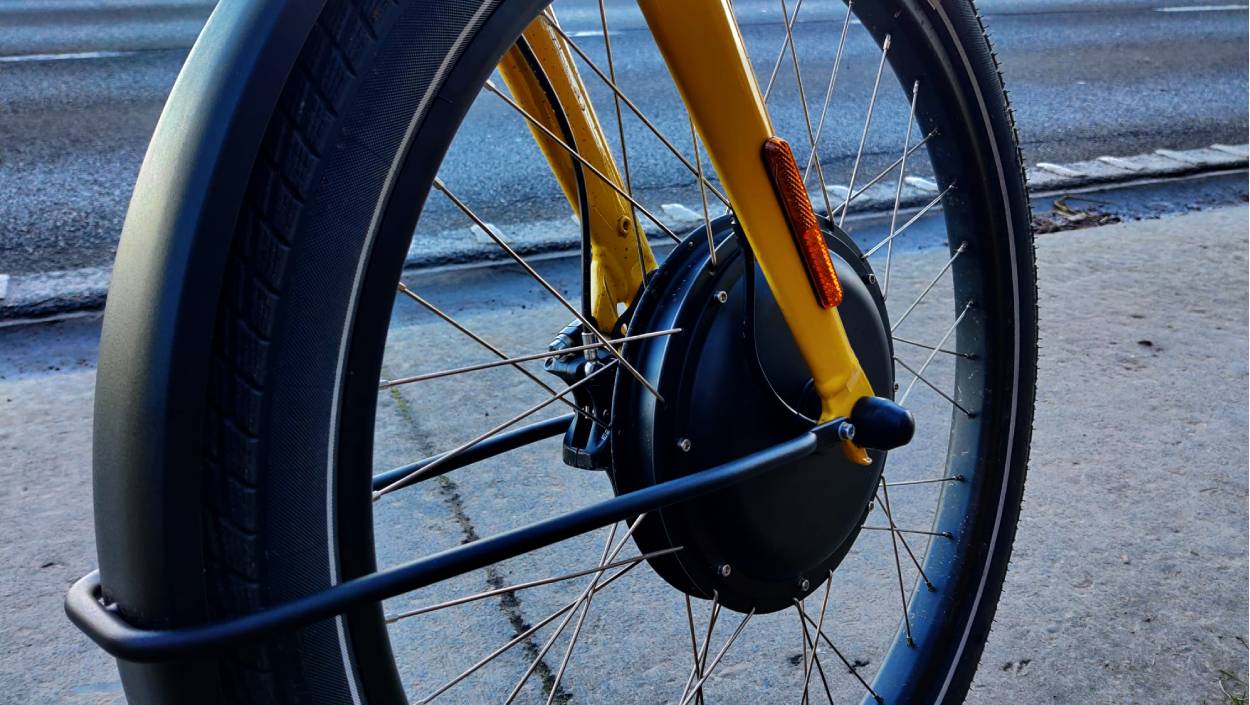
Here is a more detailed breakdown of what they are being compared on:
1. Power (wattage) and torque (newton meters)
Power output, measured in watts, and torque, measured in Newton meters (Nm), are the primary indicators of a motor’s performance.
Power output determines the speed and how easily the 45 km/h limit is maintained, as well as the acceleration of your bike, while torque affects the ability to climb hills and carry loads.
To compare performance and power output in speed pedelecs, we look at wattage. Newton meters are difficult to measure and compare, wattage is a more accurate total measure. Since the legal limit of 4000 watts is very future-proof, we can look at wattage to compare speed pedelec motors.
For electric bikes, the wattage is limited to 250W. And although these motors have a higher peak performance, they are often not listed for legal reasons. So, for electric bikes, it is easier to use Nm as a comparison measure.
If you are a beginner, it is crucial to understand that higher power output and torque mean a faster and more powerful bike.
In our article, we discuss these speed pedelec motors, ranked by power:
- IntuEdrive motor – 1500W, 120 Nm
- ZF Sachs RS motor – 1250W, 112 Nm
- Neodrives Z20 RS – 1200W, 40 Nm
- Stromer SYNO Sport II – 940W, 52 Nm
- Stromer SYNO Sport – 850W, 48 Nm
- Stromer CYRO Drive IG – 750W, 40 Nm
- Stromer CYRO Drive II – 670W, 35 Nm
- Klever BIACTRON 2.0 – 800W, 54 Nm
- Bosch performance Speed – 600W, 85Nm
However, we must keep in mind that power is not the only thing you want from your speed pedelec. For us, safety and ride comfort are equally important.
2. Efficiency and Range
Efficiency refers to how well the motor converts electrical energy into mechanical energy. An efficient motor provides you with more kilometers for the same amount of battery power, thereby extending the range of your rides.
Range is also influenced by the capacity of the battery, measured in watt-hours (Wh).
3. Weight and Integration
The weight of the motor affects the overall handling of the bike. Lightweight motors seamlessly integrated into the bike frame offer better balance and a more natural riding experience.
- Bosch Performance Speed – 2.9 kg
- Klever BIACTRON 2.0 – 3.5 kg
- ZF Sachs RS motor – 3.5 kg
- Neodrives Z20 RS – 4 kg
- Stromer CYRO Drive IG – 4.65 kg
- Stromer CYRO Drive II – 4.65 kg
- Stromer SYNO Sport II – 4.95 kg
- Stromer SYNO Sport – 4.95 kg
- IntuEdrive motor – 6.5 kg
Every kilogram added to the bike’s design means more power is required to propel the speed pedelec. Additionally, it affects weight distribution and riding comfort.
4. Reliability and Durability
As a significant investment, your speed pedelec should be able to withstand the test of time. Research the motor’s reputation for reliability and durability. Look for motors from reputable manufacturers with positive user reviews and robust warranties.
5. Noise Level
Some riders prefer a quiet motor for a more pleasant and less distracting ride. These are electric motors, so we’re talking about very low noise levels, but some riders still complain. A bike should be quiet, but is it?
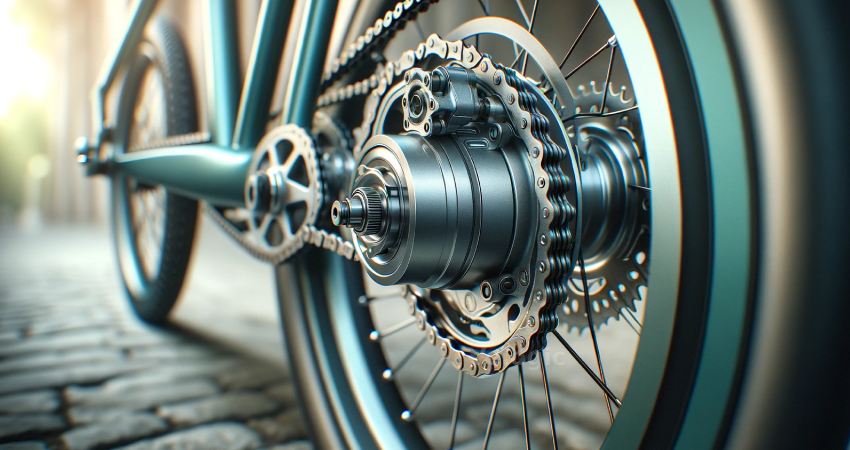
The Best Speed Pedelec Motors of 2024
Looking into the future, 2024 promises to be an exciting year for speed pedelec motors.
With the Specter and Ellio speed pedelecs, we have already seen and tested two models that utilize two-wheel-drive or all-wheel-drive. Featuring a drive for both the front and rear wheels.
Now it’s time for more traditional brands like Stromer and Klever to catch up, while Riese Müller is stuck with a speed issue on their mid-motor speed pedelecs.
Below, we discuss each motor, which speed pedelec the motor is used in, and how it performs in our research.
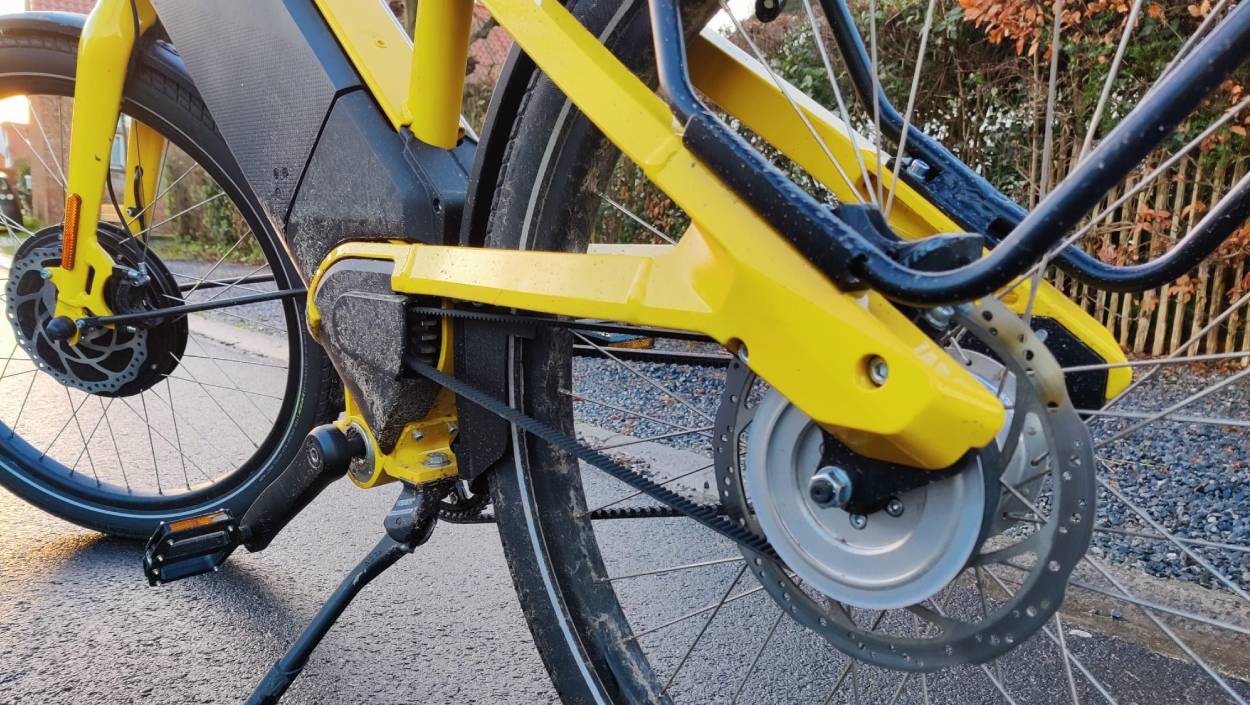
IntuEdrive Motor – All-wheel-drive
IntuEdrive Motor (1500W, 120 Nm) – 6.5 kg
Motor Used in Ellio Speed Pedelecs
The IntuEdrive motor, found in the Ellio Max and Ellio Original, is a remarkable example of advanced speed pedelec technology. It is a testament to innovation and the evolution of speed pedelecs.
IntuEdrive draws elements from the automotive industry. Their motor is designed for transporting heavy loads at high speeds, with a focus on quality and durability. Both motors in the Ellio bikes are brushless, ensuring durability and requiring less maintenance. Software manages the synergy, providing additional stability and control while riding.
The Ellio speed pedelecs also feature special functions to enhance riding behavior and comfort. More about this can be found in the reviews of the Ellio Max and Ellio Original.
This motor is characterized by being the most powerful speed pedelec motor. With a power output of 1500W and a torque of 120 Nm, it provides rapid acceleration and the ability to effortlessly climb steep hills.
With its robust performance comes the burden of weight. At 6.5 kg, it adds significant weight to the speed pedelec. While this might be an issue on lighter bicycles, it fades away on heavier cargo bikes or Light Electric Vehicles.
It’s important to note that this is the total output of the speed pedelec, based on the two motors. If we only consider the main motor of the speed pedelec, it clocks in at 1150W, just below the rear-wheel NeoDrive and ZF Sachs RS.
The reason why the IntuEdrive remains the best speed pedelec motor is the innovation it brings to the electric motor industry. It doesn’t use a traditional rear or mid-motor. They’ve reinvented the mid-motor by connecting it to the rear wheel with a Gates belt.
Their electric drivetrain can be divided into two types: serial hybrids and parallel hybrids.
Serial Hybrid: In this system, the mechanical energy from the rider’s legs is entirely converted into electrical energy, which then drives the motor that powers the bicycle’s wheel.
This setup eliminates the need for a mechanical connection between the pedals and the wheel, making it suitable for cargo bikes where connecting the pedals and rear wheel with a chain can be a challenge.
Parallel Hybrid: This system allows mechanical muscle energy and electrical energy to flow in parallel to the wheel. The pedals are conventionally connected to the rear wheel, while the motor is placed in parallel, often in the front wheel. This additional setup helps maintain the bicycle feel and can be used even when no electrical power is available.
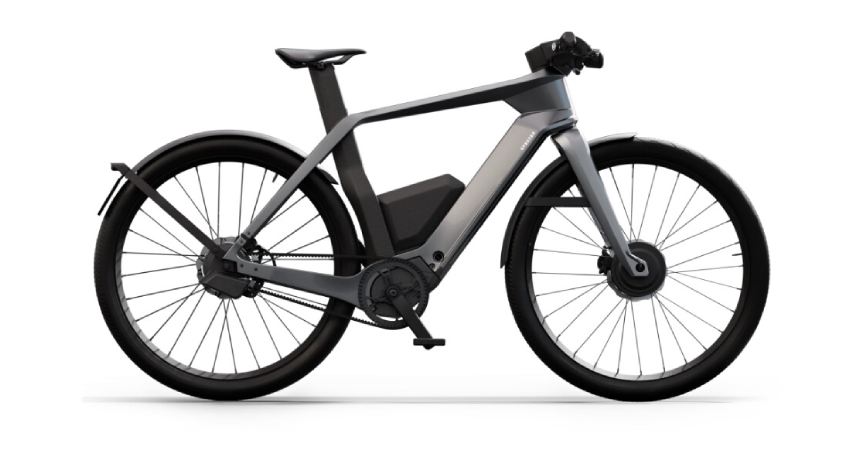
ZF Sachs RS Motor – All-wheel-drive
ZF Sachs RS Motor (1250W, 112 Nm) – 3.5 kg
Electric Motor Used in Specter Speed Pedelecs
After just covering the Neodrive, the ZF Sachs RS Motor emerges as a formidable competitor. Born from the collective strength of the German startup SACHS Micro Mobility and its partners, this motor is a testament to innovative engineering and progressive design.
At its core lies the ability to deliver a solid 1250W of power and an impressive torque of 110 Nm. What’s truly remarkable is its ability to maintain these high performances even at lower cadences, a trait that makes it a perfect ally for speed pedelecs, as well as cargo bikes carrying heavier loads.
Weighing in at only 3.5 kg, it’s a lightweight powerhouse, giving it extra ammunition to defend against the power output of competitors like IntuEdrive. This not only enhances the bike’s agility but also ensures that the additional power doesn’t come with unwanted bulk.
Equipped with a 48V system, it ensures that every joule of energy is optimally utilized, propelling you forward with enthusiasm. The intelligent heat management system is the unsung hero here, preventing the typical power decline due to overheating—a common foe in e-bike motors.
We’ve talked about bike brands and partners earlier. ZF Sachs offers bike manufacturers the freedom to integrate this motor into their designs. Compatibility with a range of chainring sizes, different battery options, and display solutions means it can easily adapt to various bike models.
The delivery of power by the motor is both strong and progressive, especially noticeable when tackling low cadences. In addition to the design and low weight of the Specter 1 speed pedelec, Sachs’ motor is what gives it the ability to maintain a high top speed.
It’s like having a constant, reliable force propelling you forward, giving you the confidence to conquer any terrain.
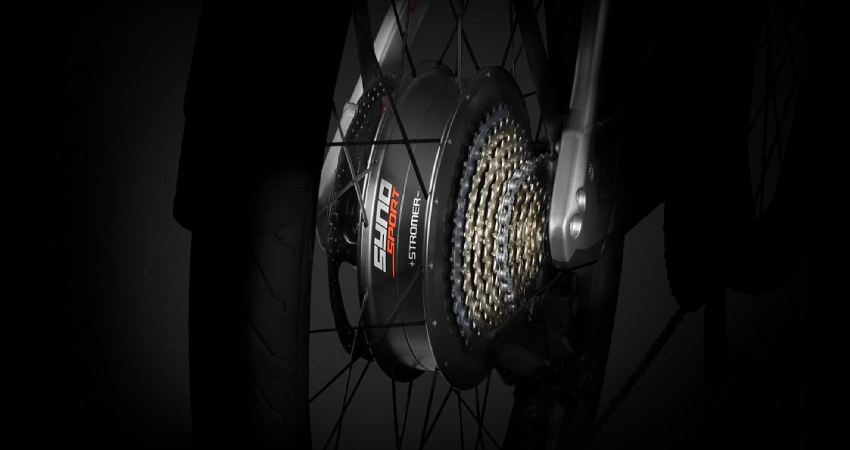
Stromer Electric Motors – Rear Wheel
Best Electric Motors by Stromer
- Stromer SYNO Sport II (940W, 52 Nm) – 4.95 kg
- Stromer SYNO Sport (850W, 48 Nm) – 4.95 kg
- Stromer CYRO Drive IG (750W, 40 Nm) – 4.65 kg
- Stromer CYRO Drive II (670W, 35 Nm) – 4.65 kg
Like Ellio, Stromer is one of those brands that develop and produce their own speed pedelec motors. The SYNO Sport II is the powerhouse behind the latest Stromer ST7.
This motor boasts an impressive power of 940 watts and a torque of 52 Nm, ensuring robust performance. It features three levels of assistance and a sport mode, catering to a range of riding styles and needs.
The motor’s design enables intuitive and direct shifting, contributing to a smooth and powerful riding experience. It reaches speeds of 45 km/h with ease, and that speed can be sustained, although you need to keep pedaling.
A key feature of the ST7, which incorporates the SYNO Sport II, is the fully integrated anti-lock braking system and a substantial battery capacity providing a range of up to 260 km.
Slightly weaker but still very powerful is the SYNO Sport motor, found in the Stromer ST5.
With a power of 850 watts and a torque of 48 Nm, the SYNO Sport is slightly less potent than its counterpart but still delivers a significant punch.
It offers the same levels of assistance as the SYNO Sport II, including the sport mode, and reaches speeds of up to 45 km/h. Because it provides less power, you need to pedal harder to maintain top speed.
The Stromer CYRO Drive IG motor, as seen in the Stromer ST2, is known for its substantial power delivery and efficiency. This motor provides a power output of 750 watts and a torque of 40 Nm.

Neodrive Z20 RS Motor – Rear Wheel
Neodrives Z20 RS (1200W, 40 Nm) – 4kg
Motor of the Aska Speed Pedelec
The Neodrives Z20 RS Motor is a highly efficient and lightweight speed pedelec motor.
This motor is known for its powerful performance, with a peak power output of 1200W and a peak torque of 40 Nm.
Operating at a voltage of 48 volts, and despite its high power, it weighs approximately 4 kg, making it one of the lighter motors in its category. Notably, it achieves its high performance without a gearbox, contributing to its quiet and vibration-free operation.
The Neodrives Z20 RS Motor is designed to be directly connected to the rear wheel, providing a powerful and immediate response to pedaling, making it particularly suitable for fast speed pedelecs.
This choice for the rear wheel also leads to minimal wear on the bike’s chain and shifter, as these components are not exposed to the additional stress that can be caused by mid-drive motors.
The motors are low-maintenance and easy to (dis)assemble thanks to the 12mm Allen key and smart power connector, great benefits for speed pedelec owners.
The motor’s design also allows for energy recovery through recuperation when descending, not only extending the battery’s range but also reducing wear on the bike’s brakes.
The associated battery for the Z20 RS system is the V8 battery, which operates at an increased voltage of 48 volts compared to the standard 36 volts. This increased voltage results in lower battery current, reducing the load on the cells and improving the battery’s range.
We know this motor performs well because we tested it on the Aska speed pedelec. As for rear-wheel speed pedelec motors, this Neodrive is top of the line. It is now up to the e-bike and speed pedelec brands that use them to up their game and consider adopting two-wheel (or all-wheel) drive on their SPs.
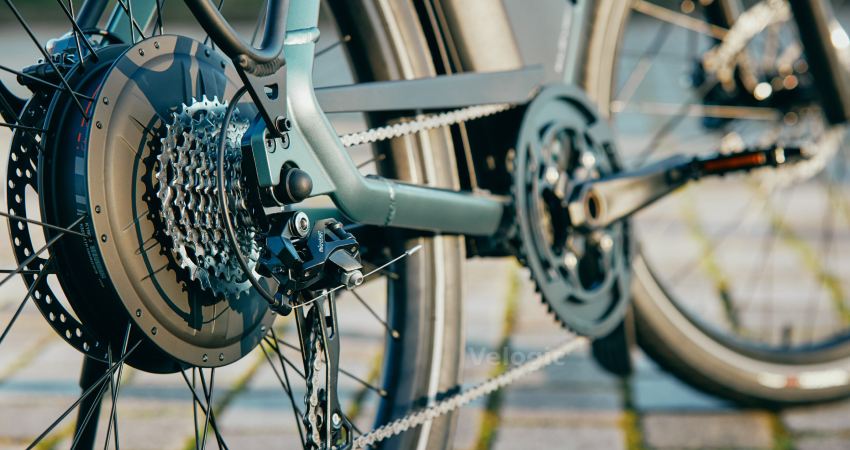
Klever BIACTRON 2.0
Klever BIACTRON 2.0 (800W, 54 Nm) – 3.5 kg
Electric Motor by Klever
Not all brands aim to have the top-of-the-line speed pedelec motor. Some simply want to offer a punch for a price. Don’t get me wrong, Klever makes quality stuff, they just aren’t focused on making the absolute best speed pedelec motor.
Nestled in the rear wheel of the fast Klever N Rogue 45 is the BIACTRON 2.0 motor. With a robust output of 600W, this motor propels the e-bike to impressive speeds, easily hitting the sweet spot of 45 km/h.
However, beware, it’s much less controlled than other motors. You also ‘enjoy’ an extra high number of newton meters 54 Nm. Klever speed pedelecs are the number one choice when it comes to doing wheelies (don’t do it!). Of course, this has its drawbacks when traveling at lower speeds.
The whisper-quiet operation of the motor is a testament to its refined engineering. With an operational noise level below 50 dB, it provides a serene riding experience. Being located in the rear wheel, it is also very easy to maintain, repair, or replace.
The suspension and braking system of the bike complement the power of the motor. The front suspension and hydraulic disc brakes work together to provide a ride that is not only fast but also safe and comfortable. Whether navigating urban landscapes or cruising country roads, these features ensure a smooth and controlled ride.
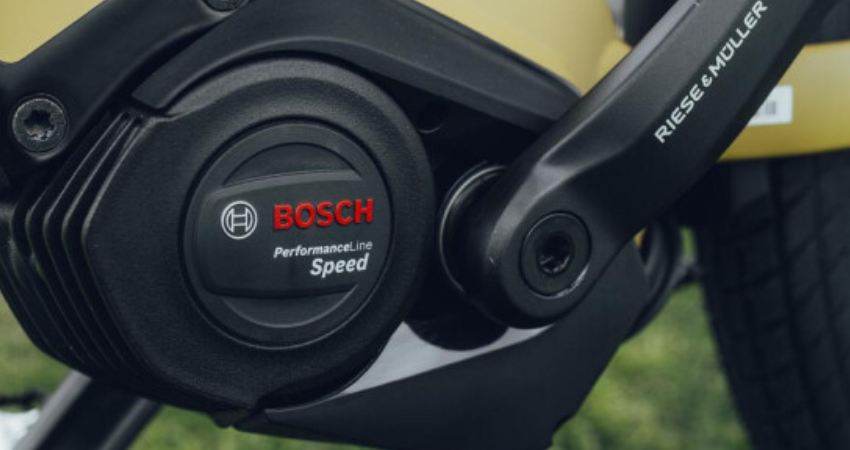
Bosch Speed Pedelec Motor
Bosch Performance Speed (600W, 85Nm) 2.9 kg
Speed pedelec motor used by Riese Muller, Gazelle, and others
While not the most powerful, mid-drive motors are still a popular choice on speed pedelecs. We can divide them into two categories: those who want to ride faster than 25 km/h (up to 35 km/h), and those who want to ride at 45 km/h.
Traditional mid-drive motors still struggle to reach and maintain the power needed to ride at 45 km/h. Mid-drive motors usually support up to 35 km/h, but they fail to propel the speed pedelec once this speed is reached.
So if it’s not about speed and power, what makes this motor such a great choice for manufacturers? Quality, ride comfort, and software.
One of the key features of the Bosch Performance Line Speed is the use of a wired speed sensor, which can be connected to a spoke magnet or a disc brake magnet. This sensor contributes to the accurate measurement of speed, enhancing the performance and efficiency of the motor.
The compact construction of the motor is another important aspect. It has a small size and a magnesium housing, making the weight of the drive unit only 2.9 kilograms. This lightweight design of the mid-drive motor improves the handling and control of the eBike, making it easier to manage, especially in urban environments or on challenging terrain.
Bosch has integrated smart system features into the Performance Line Speed. The eBike Flow app allows users to control all functions of the system, customize the eBike to their needs, upgrade it, and keep it up-to-date with over-the-air updates. This connectivity ensures that the motor stays up-to-date with the latest technological developments and provides enhanced security features such as the eBike Lock function and the eBike Alarm premium service.
The Performance Line Speed motor supports a variety of riding modes, including an Auto mode that automatically adjusts the support level based on riding conditions. This feature is particularly useful for adapting to changes in terrain or speed, allowing for a more comfortable and less strenuous ride.
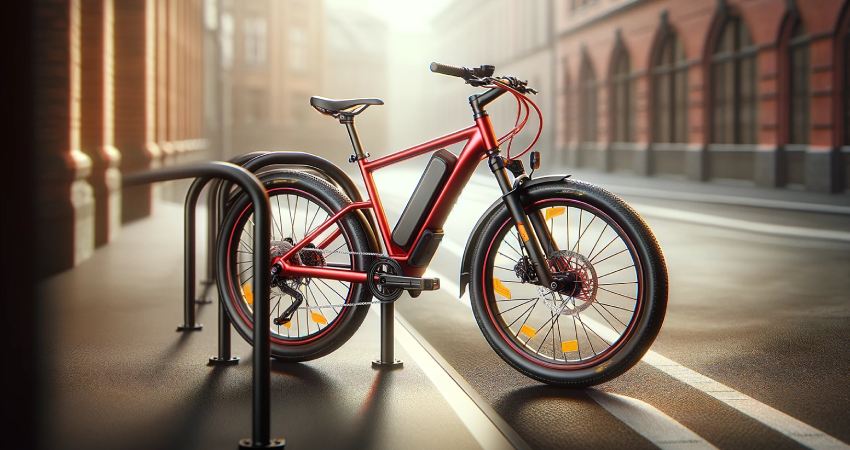
Our Opinion on Speed Pedelec Motors
When choosing a speed pedelec motor, it’s important to find a balance between power, efficiency, and comfort. This article has highlighted various options, each with its unique features and performance. Consider your personal needs and how these motors can meet them.
In the future, the development of speed pedelec motors will likely focus on even greater efficiency, durability, and integration of advanced technologies.
Current trends, as discussed in the article, indicate motors that are not only more powerful but also smarter, with better connectivity and adaptability to different riding styles and environments. These developments will further enhance the riding experience and increase the popularity of speed pedelecs as sustainable and efficient modes of transportation.


2 comments
[…] motor from Neodrive ensures smooth acceleration up to 45 km/h. With 1200W and 40 Nm, this is one of the most powerful speed pedelec motors currently […]
[…] uphill – although there’s plenty of power. Stromer does have the SYNO II with an even stronger motor. This one is used on the […]